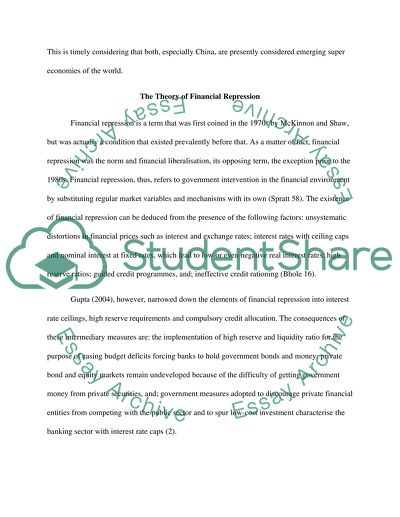Cite this document
(“The theory of Financial Repression and its Application in Economies of Essay”, n.d.)
Retrieved from https://studentshare.org/macro-microeconomics/1415916-the-theory-of-financial-repression-and-its-application-in-economies-of-different-countries
Retrieved from https://studentshare.org/macro-microeconomics/1415916-the-theory-of-financial-repression-and-its-application-in-economies-of-different-countries
(The Theory of Financial Repression and Its Application in Economies of Essay)
https://studentshare.org/macro-microeconomics/1415916-the-theory-of-financial-repression-and-its-application-in-economies-of-different-countries.
https://studentshare.org/macro-microeconomics/1415916-the-theory-of-financial-repression-and-its-application-in-economies-of-different-countries.
“The Theory of Financial Repression and Its Application in Economies of Essay”, n.d. https://studentshare.org/macro-microeconomics/1415916-the-theory-of-financial-repression-and-its-application-in-economies-of-different-countries.


